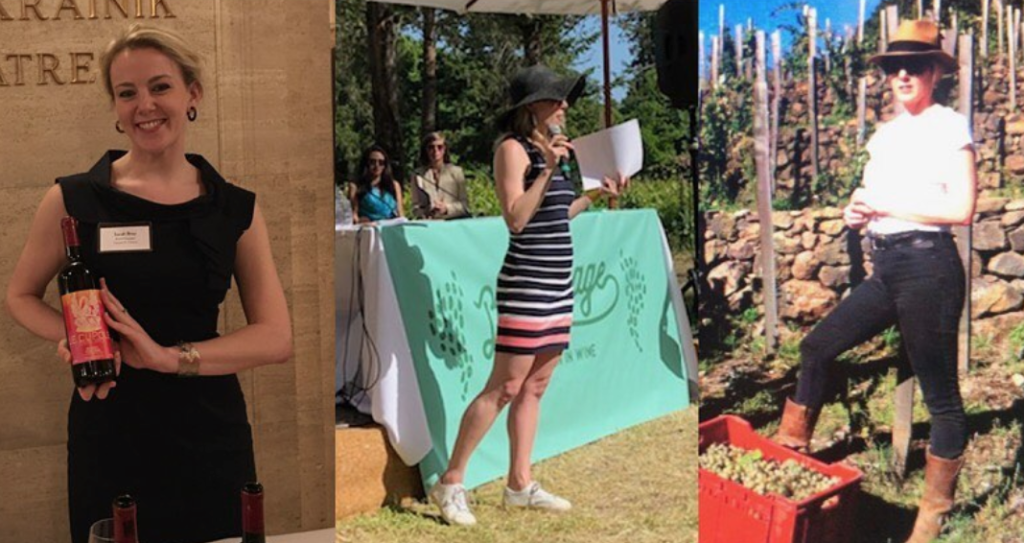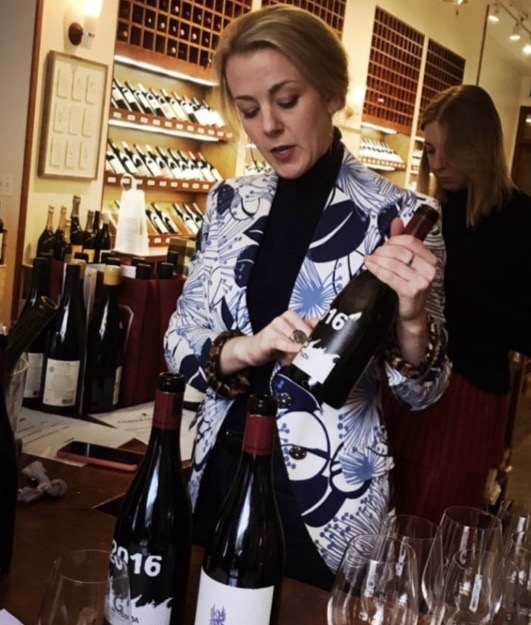The below observations are mostly about Etna and were compiled for an MW presentation given at the En Primeur Sicily event in 2017. The prompt was regarding any thoughts on trends or on Etna wines in the US market in particular.
####
Within the Sicilian wine context, Etna in particular has grown exponentially, both in terms of number of producers and demand in the US. It seems to correspond to the overall the trend of the premiumization of wine across the US market — people really respond to the “Burgundy of the Mediterranean” profile of the region. We’ve seen that both at Passopisciaro with our own wines holding consistent price points on the mid to higher tier, especially with the rise of the Contrada system of ‘cru-ification’ and correspondingly tight control of production, and across the region we’ve been able to observe similar trends with other producers putting ever more focus on specific delimited areas.
From an overall increase of production standpoint, we’ve been able to observe physically the growth in number of producers: since Andrea Franchetti started the Contrade dell’Etna event 10 years ago, the amount of producers across the mountain has exploded from a few handfuls that we could host at the winery for an Etna version of “en primeur” to over 120 producers presenting at the event earlier this month at Castello Romeo, having completely outgrown the capacity of a single winery to host the producers and attendees. New producers crop up every year, often having worked for some of the original players, and new plantings are evident across the mountain. Just driving up to the contrada of Guardiola, you can see Cusumano’s new plantings alongside the old vines that Passopisciaro and Terre Nere own and cultivate.
It’s also been apparent in terms of how Etna is sold in the US. It’s been on the map for several years in the major wine drinking cities (e.g. New York and San Francisco), but we’re now increasingly seeing Etna producers entering other markets like Texas, making the landscape much more dynamic and competitive. It’s interesting anecdotally to see the Etna “brand” (both DOC and not) leveraged on wine lists to differentiate the region’s style from the rest of Sicily —a consumer that expects Nero d’Avola from Sicily needs to know that Nerello Mascalese is a different animal!
Below is a recent response from Andrea on a similar theme:
Q: How would you describe the recent history and progress you have witnessed in Etna?
A: Viticulture and winemaking are on Mt. Etna have extremely ancient origins, but it was forgotten with the Second World War. There has always been as tradition of quality-oriented viticulture, which allows us to work with very old vines (even 130 years old) and, because of the sandy, ashy soil, in some cases with pre-phylloxera rootstock. On the other hand traditional winemaking was not of a high level.
The last 20 years have seen the rise of a series of new wineries, including Passopisciaro, which has brought about a rebirth of Etna as a high quality winemaking region. The focus has gradually turned more to individuating each contradas, Etna’s own version of a cru, finds an almost exaggerated example due to the extreme variations in the lava flows and elevations of the vineyard sites. The names of these areas are appearing increasingly on the labels in this renaissance of Etna wine.
There’s this need to perceive Etna as a classic European wine territory, and if we all continue to push how the wine can vary, while at a high quality level, examining how different vintages and places show character, then Etna probably has the stuff to become like Burgundy or Piedmont. If good winemaking and obsessive interpretation grows.





